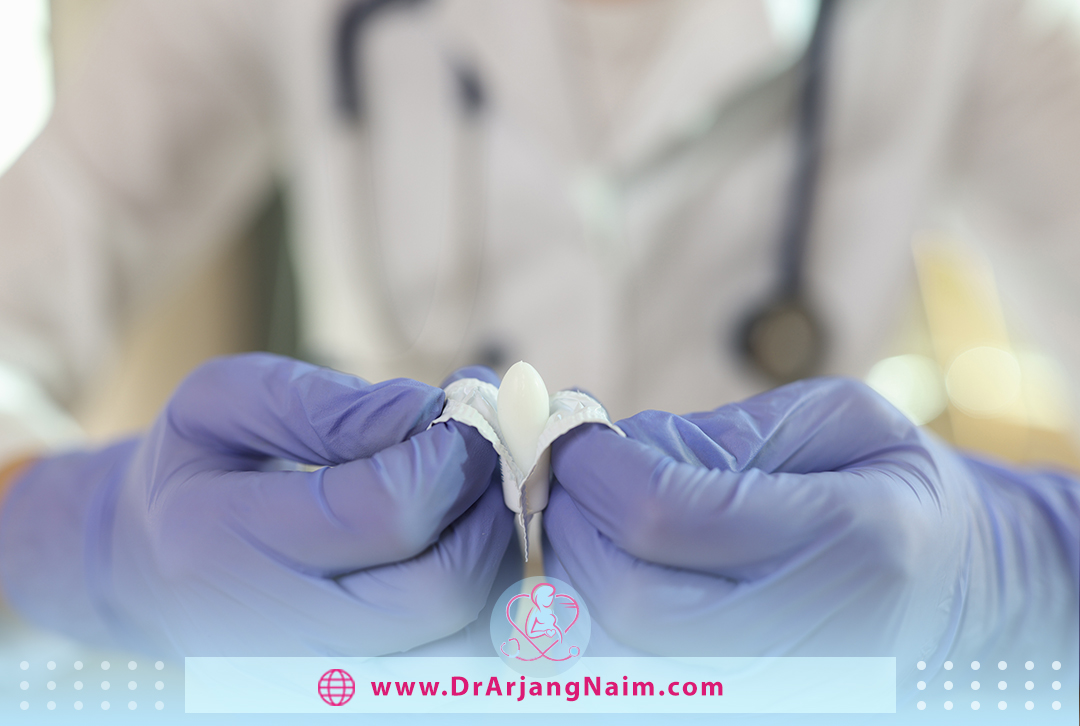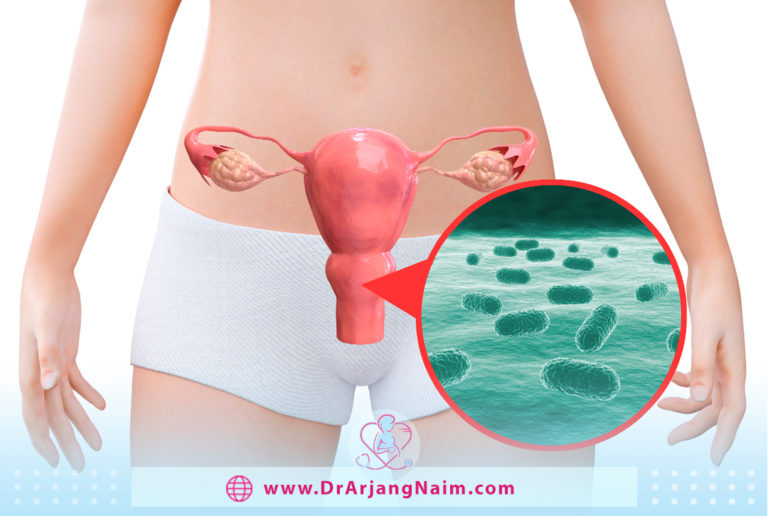Gardnerella vaginalis is a bacteria that exists in the vagina along with other bacteria to keep it free of infection. When the Gardnerella bacteria overgrow, it can cause an infection called bacterial vaginosis (BV).
About 30 percent of women develop BV sometime in the premenopausal years, and some people get it repeatedly. BV is not technically considered a sexually transmitted infection but has some of the same symptoms and risk factors as STDs.
What is bacterial vaginosis (BV)?
Bacterial vaginosis (BV) is a vaginal infection caused by bacteria. This is the most common cause of abnormal vaginal discharge in women of reproductive age. Bacterial vaginosis may cause a “fishy” odor and cause vaginal irritation in some women. Others may have no symptoms.
Bacterial vaginosis is associated with outcomes such as preterm delivery and infection after surgery such as a hysterectomy and may predispose a woman to sexually transmitted diseases, especially HIV.
What is Gardnerella vaginalis?
Gardnerella vaginalis is one of the types of bacteria inside the vagina. It is part of what is known as the microbiome or vaginal flora. Vaginal flora includes different types of bacteria and different amounts of these bacteria that keep the vagina healthy. Bacteria coexist in a delicate balance.
When the level of Gardnerella is in balance with other bacteria, the vaginal flora prevents infection. If there is an imbalance and Gardnerella overgrows, it can develop a vaginal infection called bacterial vaginosis (BV).
Who can get bacterial vaginosis (BV)?
All women can get bacterial vaginosis (BV), even if they don’t have sex (but this is rare). It usually occurs in sexually active women. And in people who:
- Are pregnant
- Have a new sex partner
- Have a female sex partner
- Don’t use condoms or dental dams
- Have an intrauterine device (IUD)
- Have multiple sex partners
- Use douches
What is the purpose of Gardnerella vaginalis?
When Gardnerella was first discovered in 1955, it was considered a “bad” bacterium that caused vaginal infections. The idea that Gardnerella caused the infection was so accepted that people referred to what we now know as BV, a specific type of vaginal infection, simply as “Gardnerella vaginosis.”
Since then, research has shown that people with vaginal infections have Gardnerella bacteria in their vaginas, but people without vaginal infections also have Gardnerella. This means that Gardnerella alone is not to blame for vaginal infections. Many other bacteria, such as atopobium vaginalis and megasphera, cause BV.
We now know that Gardnerella plays a role in maintaining a healthy pH, or acidity level, in the vaginal fluid. A healthy vagina has a pH range of 3.8-4.5. The bacteria that make up the vaginal flora, including Gardnerella, work to maintain this level of acidity, which is just the right amount of acid to fight infection. When acidity levels drop, Gardnerella overgrows, and that’s when infection can occur.
In other words, Gardnerella’s purpose depends on how much of it there is. An overabundance of Gardnerella bacteria is a sign of BV. A lack of Lactobacillus or an incorrect composition of Lactobacillus creates an imbalance in the presence of Gardnerella, which leads to BV. Having the right amount of Gardnerella and Lactobacillus means that the vaginal flora is balanced and free of infection.

Symptoms
Up to 84% of people with bacterial vaginosis (BV) have no symptoms. The most characteristic sign of bacterial vaginosis is a thin, gray vaginal discharge with a strong “fishy” odor. The smell is often stronger after sexual activity and menstruation or anything that can raise the pH of the vagina. BV can also cause itching and discomfort around the vagina.
The smell differentiates BV from other vaginal diseases, such as yeast infections or STIs. Common symptoms include:
- Discharge that smells “fishy.”
- “Fishy” smell that is strongest after sex or during the menstrual cycle
- Off-white, grey, or greenish color vaginal discharge (fluid)
- Rarely an itchy or sore vagina
Is Gardnerella the same as bacterial vaginosis (BV)?
No, But Gardnerella is associated with BV. Excessive Gardnerella in the vaginal fluid is a sign of BV. When the delicate balance of bacteria that keep the vaginal flora healthy is disturbed, a woman gets BV. It needs to be clarified what causes this imbalance. But the amount of two different types of bacteria in vaginal Lactobacillus and Gardnerella is key.
People with BV have very few Lactobacillus bacteria in their vaginas and a lot of Gardnerella bacteria. Lactobacillus bacteria help keep the vagina acidic. Not having enough Lactobacillus bacteria causes the vaginal pH to rise to 4.6 or higher, so the vagina is not acidic enough.
Gardnerella begins to multiply in this environment, and other bacteria attach to the Gardnerella bacteria and grow. When this happens, the person gets BV. But Gardnerella alone does not cause BV. An imbalance in vaginal flora causes BV.
Is Gardnerella vaginalis an STI?
No. Gardnerella is not a sexually transmitted disease. But this is a bacteria that is most likely sexually transmitted. Gardnerella is not considered a sexually transmitted bacteria, like the bacteria that cause gonorrhea, syphilis, or chlamydia, for several reasons:
- Having Gardnerella bacteria does not mean having an infection. Healthy vaginas contain Gardnerella bacteria. This is not common with other sexually transmitted diseases, where the presence of bacteria means that the person is infected.
- People who are not sexually active can get BV. People with a new sexual partner or multiple sexual partners often have unhealthy levels of Gardnerella, and this overgrowth is associated with BV. But people who are not sexually active can also have harmful levels of Gardnerella and BV. Sexual activity alone does not appear to cause Gardnerella or BV overgrowth. However, sexual activity can put a person at risk for BV.
- Other STDs are transmitted regardless of reproductive anatomy. For example, if have a vagina or penis, you can get chlamydia. But Gardnerella vaginalis alone is part of the vaginal flora. Gardnerella bacteria have been identified on the male penis but do not occur there naturally.
- Just because Gardnerella is not an STD does not mean that sexual activity is not a risk factor for BV. The causes of BV are unknown, but if a person has had multiple sexual partners or has a new sexual partner, infection is more common.

Diagnosis
Diagnosis of infection can be made at the gynecologist’s office. The doctor evaluates for signs of infection, especially for changes in discharge or odor. To confirm the diagnosis, the doctor may also recommend a vaginal culture, in which vaginal discharge is collected with a swab and sent to a laboratory for microbiological analysis.
Through culture, the bacteria responsible for the infection can be accurately confirmed. For men, after evaluating symptoms and assessing penile dysfunction, the diagnosis should be verified by a urologist.
Prevention
There is no easy way to prevent bacterial vaginosis, especially if the woman is sexually active. But here are some tips to minimize the risk:
- Limit the number of sexual partners, or if you decide to have multiple partners, always use a condom. (This also protects against sexually transmitted diseases.)
- Use gentle, pH-balanced products around your vaginal area and avoid things like scented tampons and vaginal deodorants.
- Do not shower. The vagina can clean and regulate itself, so you do not need to clean it with extra fluids. This only contributes to the imbalance of the microbiome.
- Wear breathable underwear (cotton is a great choice) and change it daily.
If you want, you can use probiotics to support the health of your vaginal flora.

Treatments
Untreated BV increases the risk of pregnancy complications such as preterm labor and miscarriage. It also puts a person at greater risk of contracting sexually transmitted diseases. The doctor may prescribe oral or intravaginal antibiotics to restore Gardnerella to healthy levels and clear up BV.
- Oral antibiotics. Metronidazole, Secnidazole, Tinidazole.
- Intravaginal antibiotics. Metronidazole, Clindamycin.
The bottom line
Gardnerella vaginalis is a bacteria that is a natural part of the vaginal flora. However, when they overgrow or multiply, they can cause an infection, commonly known as bacterial vaginosis, or BV. BV is characterized by the production of grayish-white discharge and a strong, foul odor.
If you find out that you have Gardnerella vaginalis, don’t worry. This common type of bacteria is supposed to exist in the vagina. If your provider tells you that you have Gardnerella overgrowth or BV, rest assured that it is treatable. A course of antibiotics can restore your vaginal flora to healthy levels in about a week.
Arjang Naim, MD, can provide the necessary services to her patients in this field.
Additional questions
- What causes preterm delivery?
Causes of preterm labor include multiple pregnancies, infection, and chronic conditions such as diabetes and high blood pressure. However, often no cause is identified.
- Where does Lactobacillus live in the body?
Lactobacilli are among the most common bacteria in the human stomach, duodenum, and jejunum that can be found by culture approaches.
- Is Atopobium an STD?
Although not considered a sexually transmitted disease, sexual habits, including increasing the number of sexual partners and using intrauterine devices as a method of birth control, act as predisposing factors for the initiation and transmission of BV.
- How serious is Gardnerella?
If left untreated, this infection can make a person susceptible to other sexually transmitted diseases, including HIV, chlamydia, and gonorrhea. In women, Gardnerella can lead to pelvic inflammatory disease (PID) and cause some pregnancy complications, including premature birth.
- How common is bacterial vaginosis (BV)?
Bacterial vaginosis (BV) is the most common vaginal problem for women aged 15 to 44. One in three American women has BV.
References
https://www.healthcentral.com/condition/gardnerella-vaginalis
https://www.zavamed.com/fr/gardnerella-vaginalis.html
https://www.mayoclinic.org/diseases-conditions/bacterial-vaginosis/symptoms-causes/syc-20352279
https://my.clevelandclinic.org/health/diseases/3963-bacterial-vaginosis




